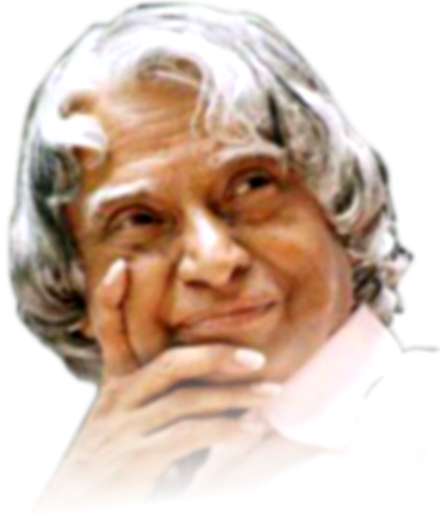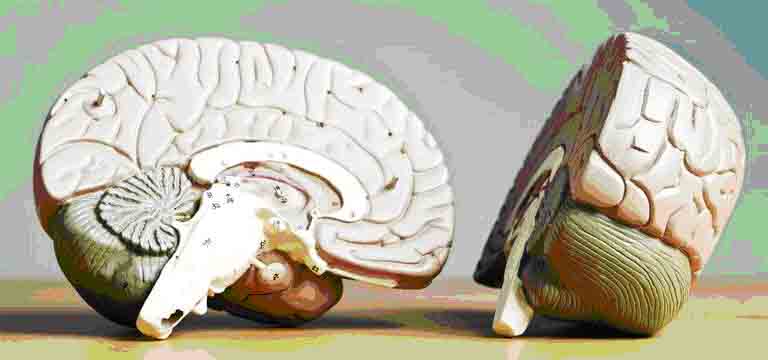
 SCIENTIFIC EDUCATION POINT A Concept for Mind Development & Mid Brain Activation |

 A Unit of RGVT, New Delhi [An ISO 9001:2008 Certified Organisation] |
|
|
|
|
|
|
|
|
|
|
|
|
|
|
The 10 Percent of Brain Myth How much of your brain do you really use?  By Kendra Cherry Updated September 06, 2016 The human brain is complex and still quite mysterious. It is perhaps for this reason why so many myths about how the brain works persist, despite plenty of evidence to the contrary. One of the most common of these myths is often referred to as the ten percent of brain myth, or the idea that human being really only fully utilize a tiny percentage of their brain's power and potential. The popularly and widely spread belief that we only use or have access to 10 percent of our brain's power is often used to speculate about the extent of human abilities if only we could utilize our brain's full capacity. People often experience the shortcomings of their own mental abilities such as failing to understand a complex math problem or forgetting some vital piece of information. It is perhaps because of this that people frequently feel that they possess some untapped potential, if only they could unlock that inaccessible portion of their mind. In reality, the 10 percent claim is 100 percent myth. You use all of your brain. The only instances where there are unused regions of the brain are those in which brain damage or disease has destroyed certain regions. The Origins of the Myth Researchers suggest that this popular urban legend has existed since at least the early 1900s. It may have been influenced by people misunderstanding or misinterpreting neurological research. The 10 percent myth may have emerged from the writings of psychologist and philosopher William James. In his 1908 book, The Energies of Men, he wrote, "We are making use of only a small part of our possible mental and physical resources." The myth has perpetuated much like other urban legends. Movies depict characters capable of remarkable feats when the supposedly unused 90 percent of their brains are "unlocked." Well-intentioned people such as motivational speakers or teachers often cite the 10 percent myth as a way to demonstrate that all people should strive to live up to their full potential. Unfortunately, less well-meaning people have also used the myth to promote and sell products and services that they claim will unlock your brain's hidden abilities. Debunking the 10 Percent Myth Neuroscientists point out a number of reasons why the 10 percent myth is false: • Brain imaging scans clearly show that almost all regions of the brain are active during even fairly routine tasks such as talking, walking, and listening to music. • If the 10 percent myth were true, people who suffer brain damage as the result of an accident or stroke would probably not notice any real effect. In reality, there isn't a single area of the brain that can be damaged without resulting in some sort of consequence. • We would not have evolved such large brains if we were only using a tiny portion of them. • The brain uses approximately 20 percent of the body's energy. It would make little evolutionary sense to have such a large portion of our energy resources utilized by such a tiny amount of the brain. • Brain mapping research has yet to find any region of the brain that does not serve a function. "Numerous types of brain imaging studies show that no area of the brain is completely silent or inactive," wrote Dr. Rachel C. Vreeman and Dr. Aaron E. Carroll in a study of medical myths. "Detailed probing of the brain has failed to identify the 'non-functioning' 90 percent." Unfortunately, the 10 percent myth remains both popular and persistent. It has been repeated in popular culture in everything from advertisements to television programs to Hollywood blockbuster's such as the 2014 film Lucy starring Scarlett Johansson and Morgan Freeman. The next time you hear someone claim that we only use 10 percent of our brains, you'll be able to explain why this statement is not true. Not to say that human beings don't have amazing potential – we just use 100 percent of our brains to accomplish these remarkable feats. Sources Beyerstein, B. L. Whence cometh the myth that we only use 10% of our brains? In Sergio Della Sala. Mind Myths: Exploring Popular Assumptions About the Mind and Brain.. New York: John Wiley & Sons; 1999. Vreeman, R. C. & Carroll, A. E. Medical myths. BMJ, 2007;33:1288. |
|
|
|
RGVT
|
Home
|
Determine
|
Branches
|
Que. Answer
|
IQEQSQ
|
Theory
Courses | Authorisation | About SEP | Contact Us |
|
|